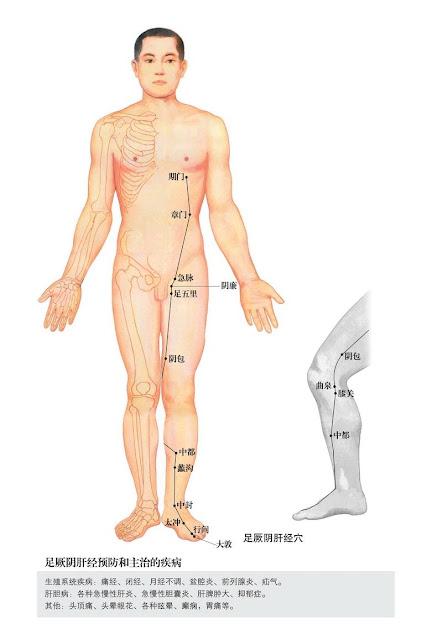What is the Meridian System?
Chinese medicine believes there is a distribution network for the fundamental substances of Qi(pronounced chee), Blood and Body Fluids throughout the body. (These fundamental substances are different from the common western understandings of these terms, and their concepts are important for maintaining health using Chinese medicine.) This distribution network called the Meridian System
Chinese medicine believes there is a distribution network for the fundamental substances of Qi(pronounced chee), Blood and Body Fluids throughout the body. (These fundamental substances are different from the common western understandings of these terms, and their concepts are important for maintaining health using Chinese medicine.) This distribution network called the Meridian System
looks
like a giant web, linking different areas of our body together. Its
pathways make up a comprehensive yet complex body map that supplies
vital energy to every part of the body. Philosophically, the Meridian
System explains how we live, and why we become sick.
By
connecting and uniting different parts of our body, meridians provide
the transport service for the fundamental substances of qi, blood, and
body fluids. The flow of qi in the Meridian System concentrates or
"injects" in certain areas of the skin's surface. These areas are very
small points, otherwise known as "acupuncture points". Although
acupuncture points are located externally and superficially, they can
affect the internal functions of our body. There are 365 acupuncture
points, and each point belongs to a particular meridian channel that
connects to specific organs.
Meridian Massage
Meridian
Massage simply means stimulating the acupressure points using
various techniques to helps us clear any blockage and balance the flow
of qi &
blood in the meridians, thereby, alleviating common health problems and
also achieving Total Wellness for our body and prevent us from falling
sick easily.










